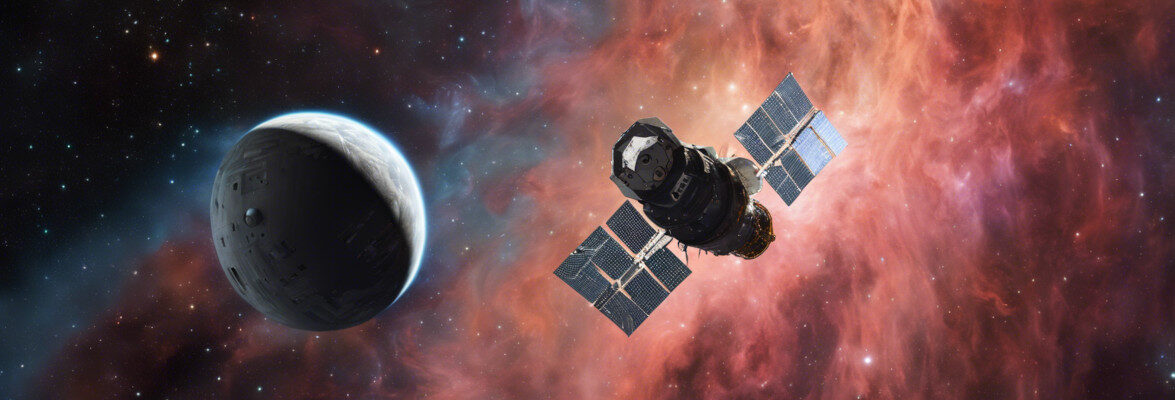
A little while ago, a GSLV Mk-III rocket blasted off from India’s Satish Dhawan Space Centre with the Chandrayaan 3 mission’s Vikram lander and Pragyaan rover. After just over 16 minutes, the vehicles separated from the rocket’s last stage to begin the series of maneuvers that will gradually stretch their orbit until they are brought into the area of influence of the Moon, where the lander and rover will land on August 23 in this follow-up to the Chandrayaan 2 mission.
Almost exactly 4 years ago, the Chandrayaan 2 mission was launched to send an orbiter, lander, and rover to the Moon. The space probe entered orbit regularly and on September 6, the lander and orbiter attempted to land on the Moon, but the last phase of the maneuver indicated an excessive speed and the loss of communications immediately led to think of a crash on the lunar surface. Despite this, for two weeks, the Indian space agency ISRO attempted to communicate with the lander with the collaboration of NASA, which attempted to locate the lander with its LRO (Lunar Reconnaissance Orbiter) space probe. Eventually, ISRO concluded that a software problem led to the crash.
The Chandrayaan 3 mission includes a new lander and rover, again named Vikram and Pragyaan. The new versions of the two vehicles are not completely identical to the ones of the previous mission: some improvements were made to the hardware and of course, the software was updated to try to avoid another crash on the Moon surface. There’s still the problem of the impossibility of testing a maneuver on Earth that must be carried out with the Moon’s gravity and in the almost total absence of atmosphere and therefore friction.
If this time the Moon landing is successful, the two vehicles will conduct a series of topographical and mineralogical studies with an eye to the study of the presence of water and the characteristics of the regolith, the surface layer of the Moon’s soil.
In the absence of a space probe, in the Chandrayaan 3 mission, the rover and lander will be transported by a propulsion module which will also be used as a radio relay for communications with the mission control center. From this point of view, this module joins the orbiter of the Chandrayaan 2 mission, still in activity.
In the end, the payload is close to 4,000 kilograms, more or less like the Chandrayaan 2 mission. For this reason, the vehicles weren’t pushed directly to the Moon despite being launched by India’s most powerful rocket and will have to perform a complex series of maneuvers that are programmed to lead them to be captured by the Moon’s gravity after several days.


